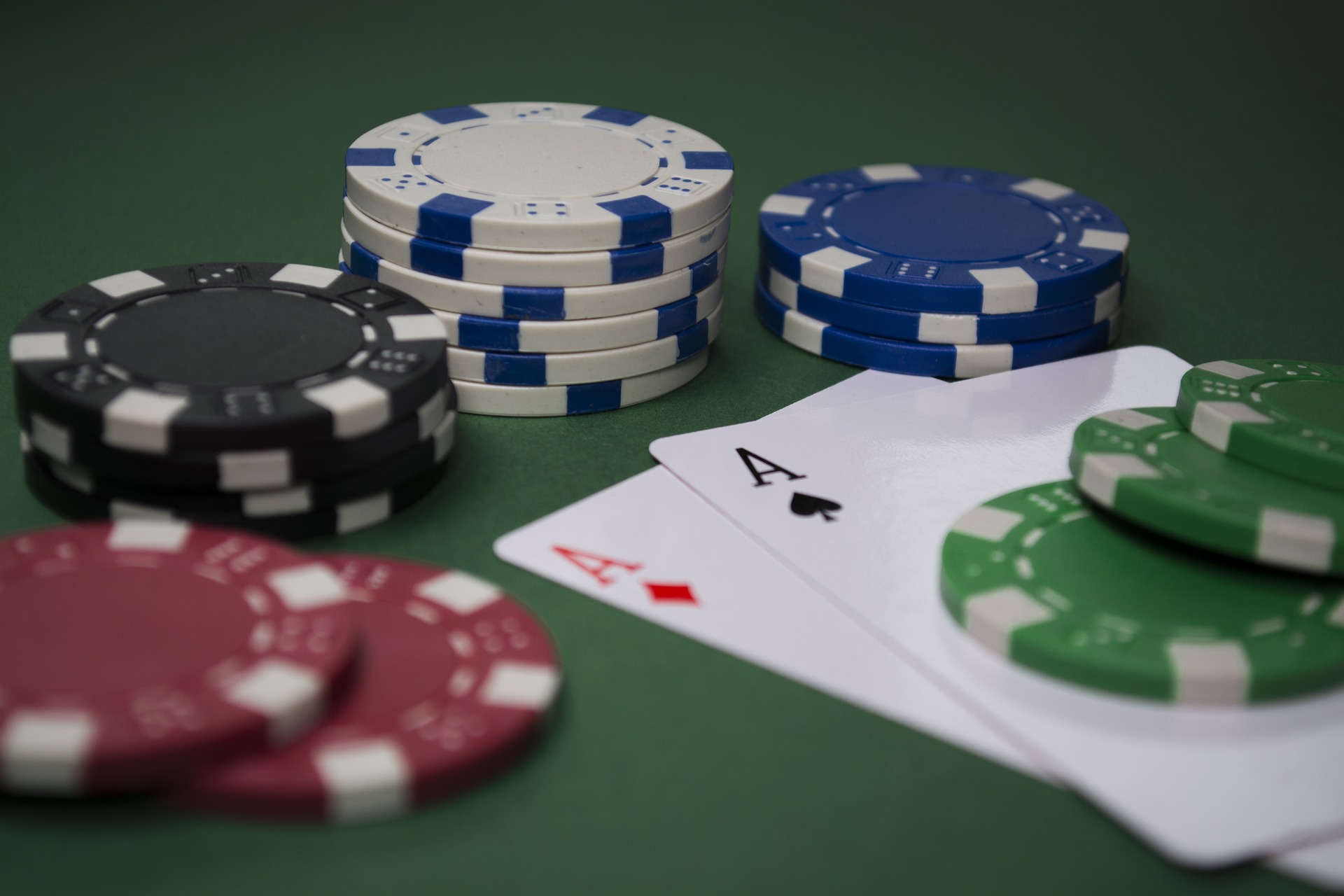When it comes to slot machines, players often become drawn in by the bright lights, engaging themes, and the thrill of turning the reels. But behind the glamour and fascination lies an critical concept that every gamer should be aware of: Return to Player percentage, or RTP. This key metric holds great importance in determining the amount of money you can expect to receive back over time, shaping your experience and strategy as you play.
RTP is usually expressed as a percent and represents the typical sum of money returned to players compared to the overall stakes. For instance, if a slot game has an RTP of 95%, it means that, on average, players can expect to get back ninety-five dollars for every 100 dollars wagered. Understanding this concept can enable players to make better choices when selecting slots to enjoy, ultimately improving their overall casino experience.
What is the definition of RTP?
RTP, also known as RTP, represents a significant factor within gambling slots. It indicates the fraction of all wagered money that a slot machine is set to refund to players over time. For example, if a slot has an RTP of 95%, this means that, in theory, players can expect to get back $95 for every $100 wagered in the long run. Grasping RTP aids players analyze the possible returns of the various slots available. 789Bet
RTP isn’t a guarantee of specific victories but instead a average determined across many spins. Players’ experience may differ significantly because of the chance inherent in the games. A better RTP implies more favorable odds for the player, making it a critical factor to take into account while picking the slots to choose. Nonetheless, even with a high RTP, there can be phases in which players encounter losses, since luck plays a significant role.
It should also be noted that different slots have diverse RTP percentages. Some games may have a smaller RTP due to a high level of enjoyment or unique features, while others keep a higher percentage to entice more conservative players. Understanding RTP empowers players to form informed decisions about their gambling strategies and oversee their bankrolls wisely while relishing the adrenaline of casino slots games.
The Way Return to Player is Being Calculated
The RTP, or RTP, is a vital metric in the realm of gambling slot machine titles. It indicates the proportion from all wagered money which a slot machine can be expected to return to gamblers in the long run. Comprehending how RTP is derived demands insight of both the slot’s design as well as its payout structure. This return value is calculated via intricate calculations and statistical analyses executed in the course of the slot machine development process. Slot creators take into account various elements, including the frequency of winning combinations and the size of returns for each combination.
In order to calculate this metric, the creators model a vast quantity in terms of rotations on the game. Such modeling efforts aid determine how much typically, a gambler can expect to win based on their wagers. For instance, if a slot game boasts an RTP of 95 percent, it suggests that, in theory, among every $100 bet, players should anticipate get ninety-five bucks in return in the long term. This value does not indicate the amount a player will win in a single play and during a few spins; instead, it shows overall payout expectations.
The values of RTP are usually published from the casino or game developer. Gamblers must consistently seek out this data while selecting a slot game, because it can significantly influence their gaming experience. A greater RTP typically indicates a higher chance to recoup a portion of bets, although specific sessions may differ greatly. Understanding this concept can help players to choose wisely and enhance their overall enjoyment in the realm of casino slots.
Value of RTP in Gaming
Grasping the Return to Player or RTP is essential for any gamer involved in gambling on slots. Return to Player represents the percentage of wagered money that a slot machine is engineered to return to players over the long run. A higher RTP shows that players can expect receiving a larger portion of their bets back, making it an significant factor for those seeking to enhance their gaming experience. Knowing this figure helps players make informed decisions about which games to play, as it can profoundly influence their chances of winning.
Moreover, RTP holds a key role in the overall equity and transparency of casino slots. Players are often attracted to slots with greater return rates because they provide a superior opportunity of winning over the long term. Gaming establishments and game developers use Return to Player as a marketing tool to lure gamers, guaranteeing they maintain a lead in the thriving gaming industry. By understanding of Return to Player, gamers can choose games that match with their risk tolerance and gaming goals.
In conclusion, the concept of Return to Player promotes responsible gambling behavior. By understanding that not all slots will provide immediate returns and that RTP is determined by extended play, players can regulate their expectations and gambling behavior effectively. This knowledge enhances the enjoyment of casino slots while promoting a more balanced gambling landscape. Players who comprehend the importance of RTP are more prone to have a more satisfying time and reduce the risks of problematic gambling behavior.
